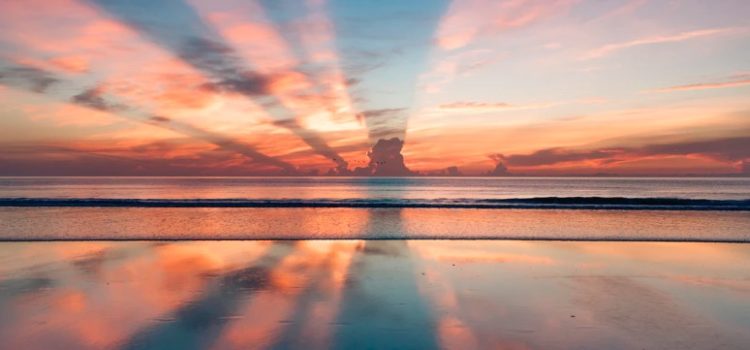
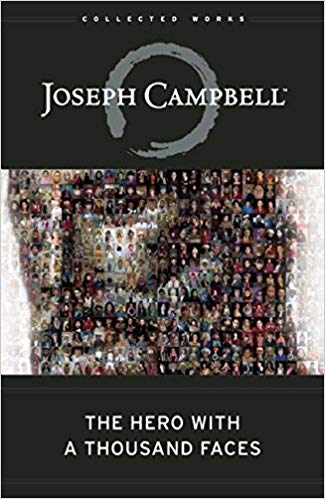
This article is an excerpt from the Shortform summary of "The Hero with a Thousand Faces" by Joseph Campbell. Shortform has the world's best summaries of books you should be reading.
Like this article? Sign up for a free trial here .
What do the great creation myths and creation myths of the world have in common? Why do all cultures have creation stories?
We’ll cover the elements that many creation myths have in common and touch on why the creation myth is so important to various world cultures.
Creation Myths
What is the purpose of the creation myth? All cultures have their creation myths—the origin stories that tell us how the earth was formed, how we came to be here, and what we are meant to do with our existence. As with the heroic cycle, there are endless variations of the creation story, but there are common elements throughout.
The universe is an emanation of some sort of divine will from a supreme creative entity. This is the first commonality of creation myths. The creator first establishes the frame of the universe, the setting in which all subsequent action will take place. Next, the creator puts living creatures into the frame—often, these creatures have the capacity for self-reproduction or contain within them both the male and female aspects (like Adam, as we’ve seen, in the Book of Genesis, the best-known creation story in the West).
The Maori people of New Zealand have their variation on this theme of the creation myth or origin story. According to their creation myth, in the beginning, there were two elements—Te Tumu (the male) and Te Papa (the female). The universe was an egg that contained both. When the egg burst, it created three layers of existence, one on top of the other. Te Mumu and Te Papa were at the lowest level, where they created birds, plants, and fish. After several failed attempts, they also created the first perfectly formed man, Hoatu. Eventually, the lowest level of existence became overcrowded, so the humans burrowed their way into the next two levels, taking with them plants and animals, so that man came to inhabit three dwellings. This idea of the cosmic egg is seen in many other mythological traditions, including Japan, Finland, Egypt, and Greece.
After the creation of the initial being, there is the great division, the creation of many from one. This is the second great commonality of creation myths. Sometimes, the creator actively supervises this process and directly implements the ordering of the universe. In other myths, living beings themselves direct the shaping of the world. The latter scenario usually entails a harsher, more arduous unfolding of events than the former. Often, the created being will need to war with or even slay their creator-parents in order to begin shaping the world, as in the Greek story of the Olympians overthrowing the Titans, or in the Babylonian myth of the sun-god Marduk slaying Tiamat, the terrifying personification of chaos and the abyss. In yet another Maori legend, the cosmic parents (Rangi, the Sky, and Mother Earth) lay so closely on top of one another that the children are unable to be born and escape Mother Earth’s belly. The children conspire to separate their parents, vaulting the Sky up high while pressing nurturing Mother Earth down to the ground. This is an example of an origin myth.
Undeveloped folk-myths from non-literate cultures often radically simplify the highly symbolic and suggestive content of the classical creation myths. The Blackfeet of Montana attribute creation to the figure of Old Man, who simply creates the landscape and all the creatures within it in the course of his wanderings. He creates a woman and a child out of clay, who ask him whether they will eventually die or if they shall live forever. The woman decides to throw a stone into a river—if it floats, they will have eternal life; if it sinks, they will die. When the stone sinks, Old Man declares that humanity has made its choice and will be mortal.
Other folk-myths and creation stories describe a god walking upon the earth and, in so doing, carving out the world’s rivers and mountains; oxen carving out the lakes with their horns; and a bird dropping the primordial egg into the sea, which births the original man, woman, and child. These tales contain thematic echoes of the great creation myths or origin stories, but are much simplified and highly literal in comparison.
The Mother of the World
The father-creator hero passes into earthly existence through the medium of a virgin, female figure—the mother of the world. This is another common feature of the creation myth.
In Finnish creation mythology, the virgin daughter floats for centuries in the primordial sea, before a storm awakens life within her and causes her to become pregnant with a son, Vàinàmoinen. She floats for 700 years, unable to give birth. In this state, however, she begins the work of creation, establishing all the physical features of the world through her body. But her son remains unborn, growing into middle age, despairing of his gloomy, dark, and cramped conditions. He escapes his mother’s womb and pours out into the primordial ocean—the act of his birth is thus his own hero’s journey; he is born a hero. He then wanders through the sea for years until he plants his feet on the ground that his mother created.
This mother-figure often gives birth to the world-savior at a time when the world is rife with disaster. The hero is thus a being who will once again represent the divine on earth and lead the world to redemption. The mother of the world leads a life of purity (symbolized by her status as a virgin) and is uncorrupted by the sin and error of the world around her. The most famous such literary figure (to western audiences) is the Virgin Mary, who was told by an angel of God that her fate was to carry Jesus Christ the Savior in her womb through immaculate conception.
The virgin mother concept has wide currency in other mythic traditions. Early Christian missionaries were often surprised to see how easily their non-Christian converts accepted the premise of the Virgin Mary. These converts had little trouble accepting Mary’s virginity because they had their own virgin mother stories. For example, among the indigenous people of what is now Colombia in South America (where 16th-century Spanish Catholic missionaries were active), there was a belief that the sun impregnated a local girl who would then give birth to the rays of the sun, while remaining a virgin.
These commonalities of the origin story and creation myth demonstrate the universality of humanity. The ceremonies that derive from mythology, those of birth, initiation, marriage and death, remind us that we are part of something much larger than ourselves. We are only a cell, an organ of a much larger being. This is as true for us as it was for the ancients. Like Odysseus, like the Buddha, like Cuchulainn, great marvels and unfathomable transformations await the modern hero who heeds the mythic call.
———End of Preview———

Like what you just read? Read the rest of the world's best summary of "The Hero with a Thousand Faces" at Shortform . Learn the book's critical concepts in 20 minutes or less .
Here's what you'll find in our full The Hero with a Thousand Faces summary :
- How the Hero's Journey reappears hundreds of times in different cultures and ages
- How we attach our psychology to heroes, and how they help embolden us in our lives
- Why stories and mythology are so important, even in today's world


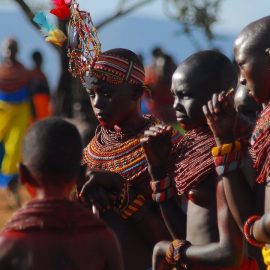

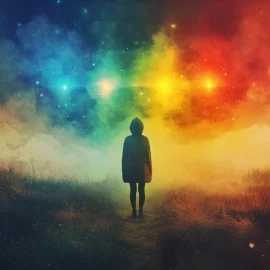
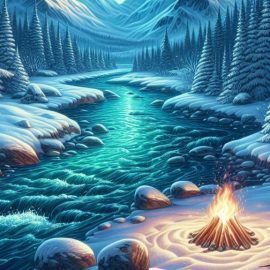

Amanda as a Maori I can honestly say I have never heard this creation story you have written. I am unsure where you have sourced your information from, however I would kindly suggest you remove this information from your article and do further investigation regarding this subject.